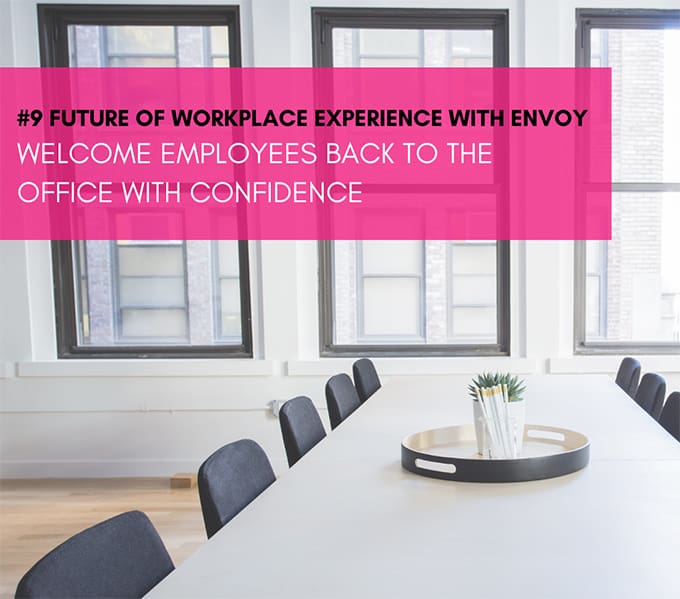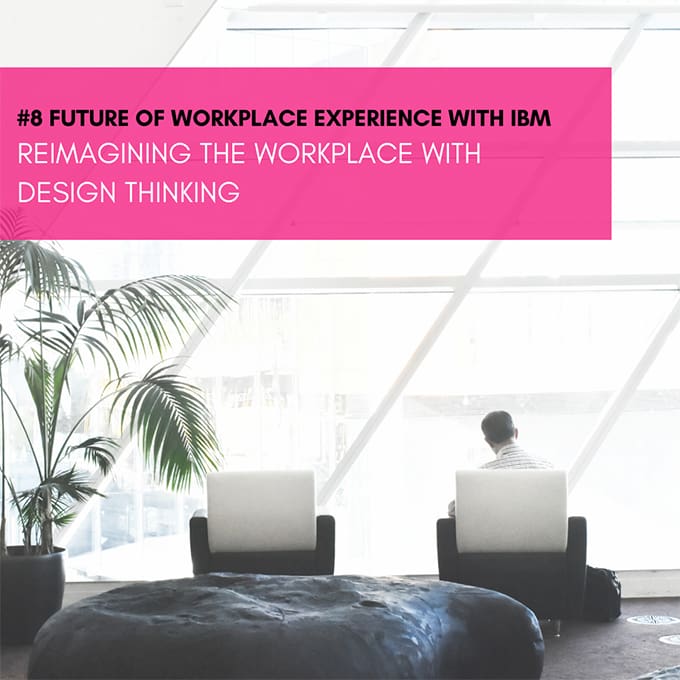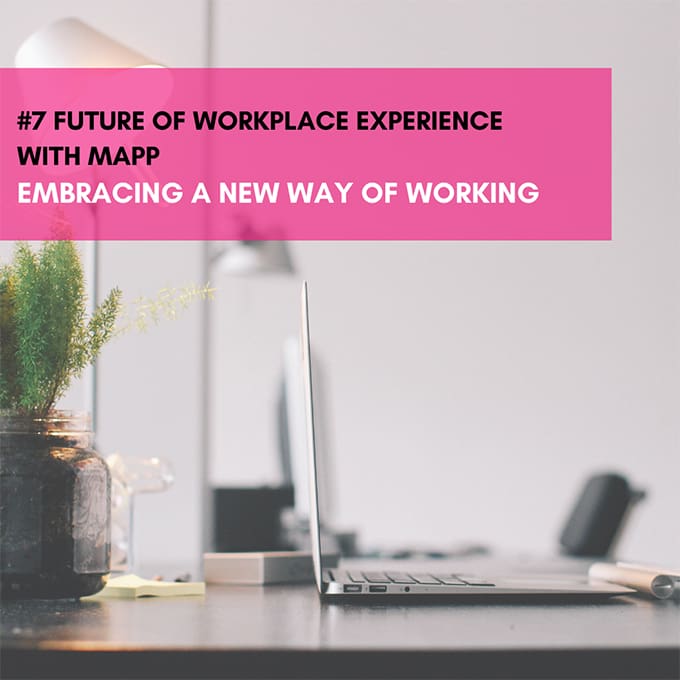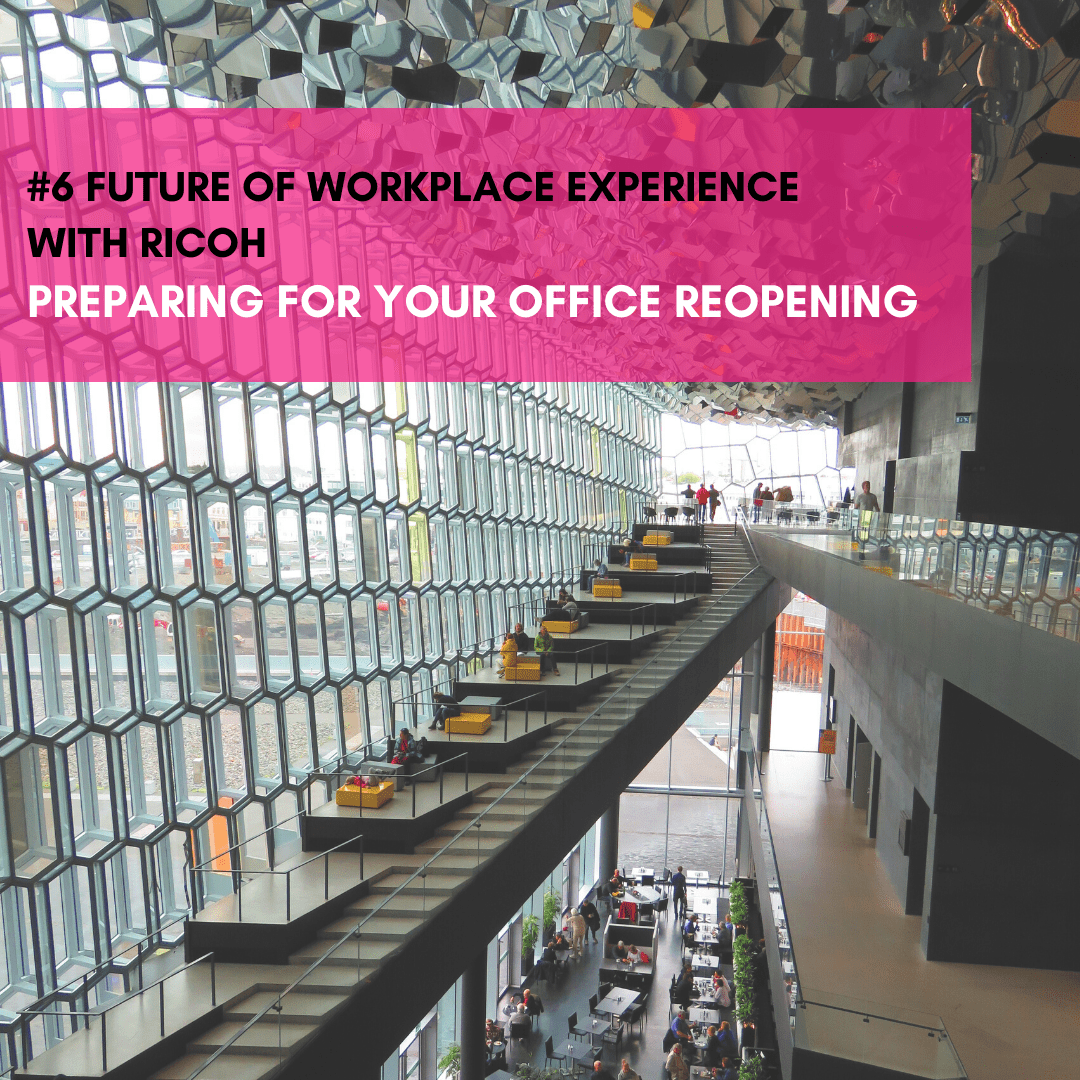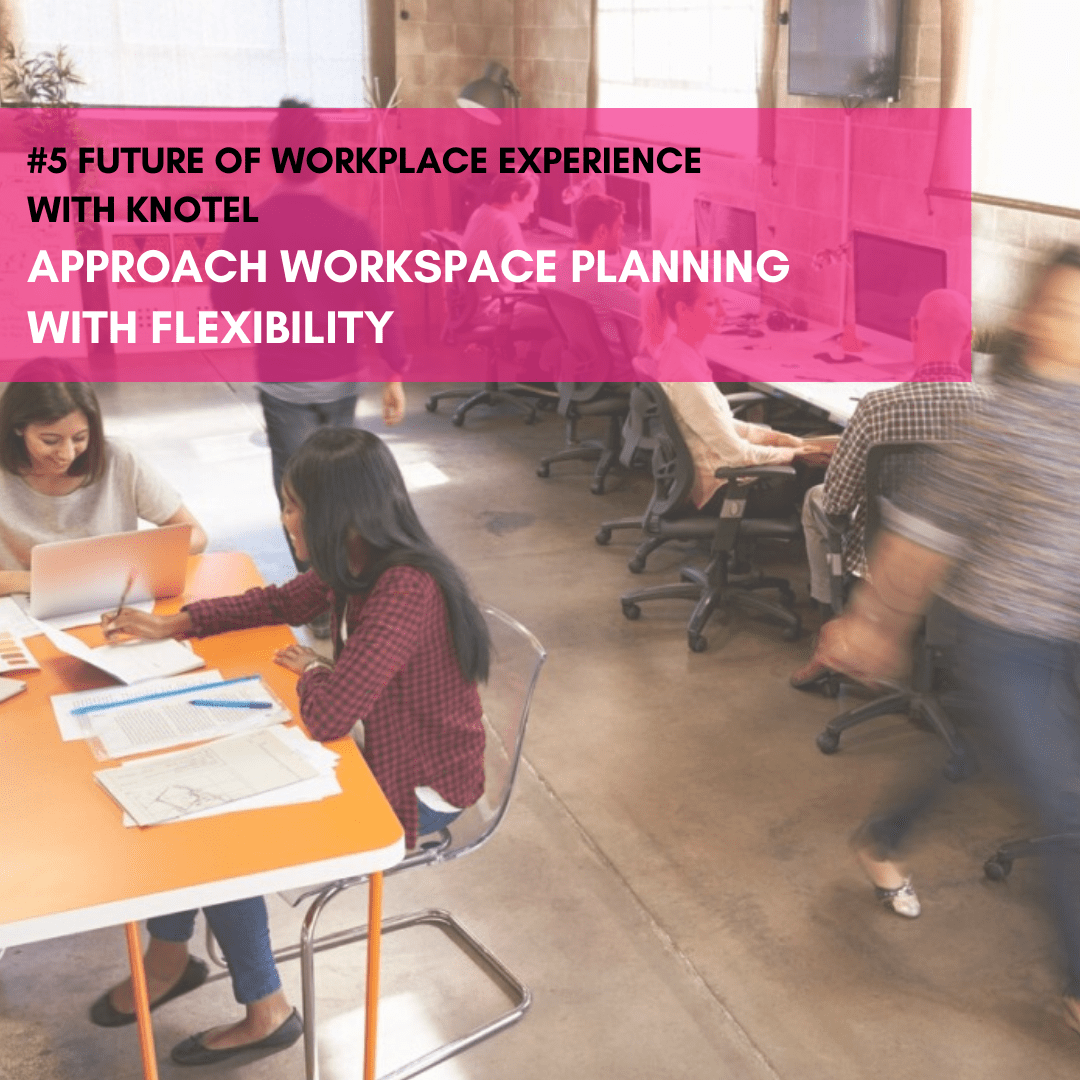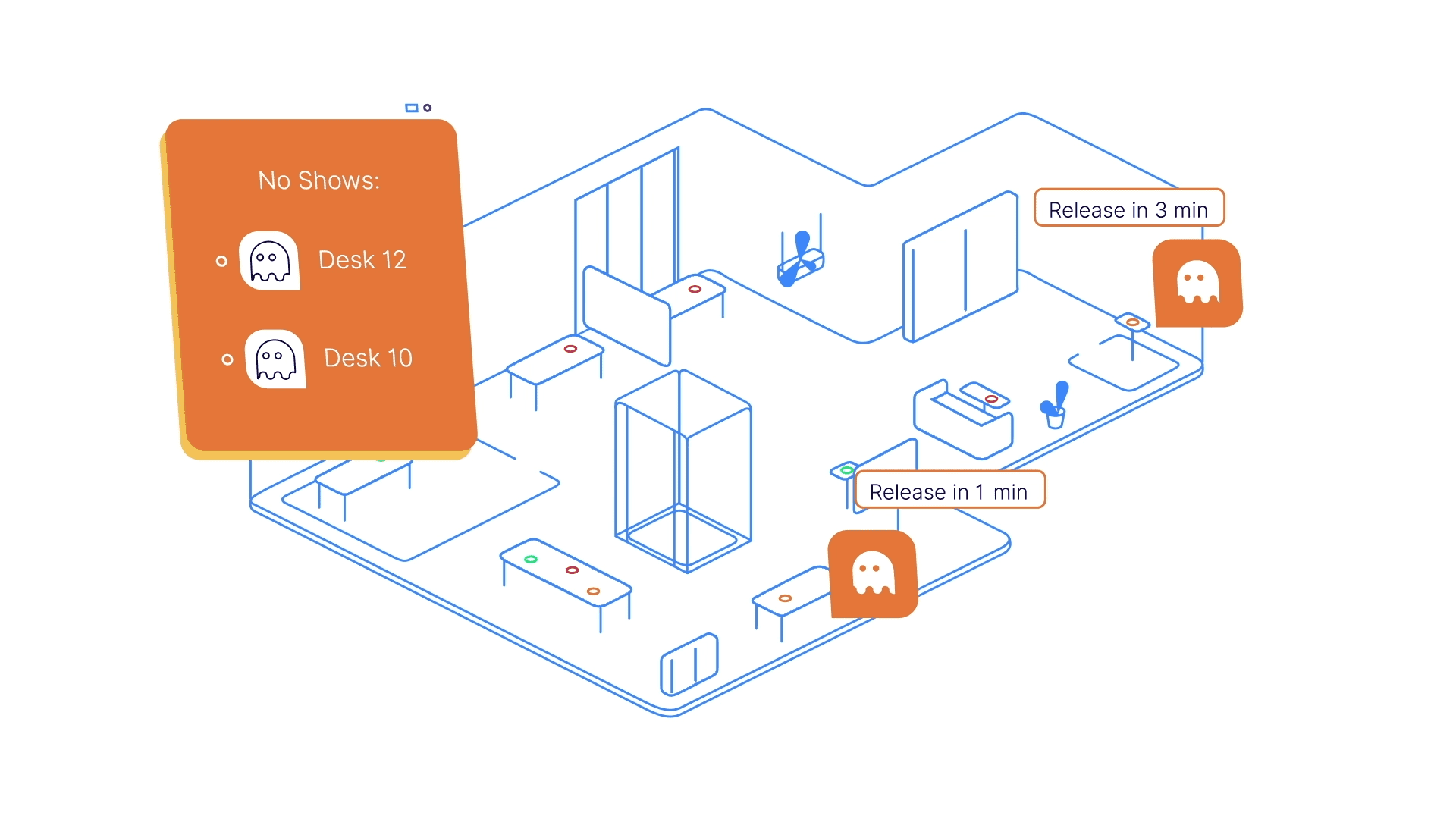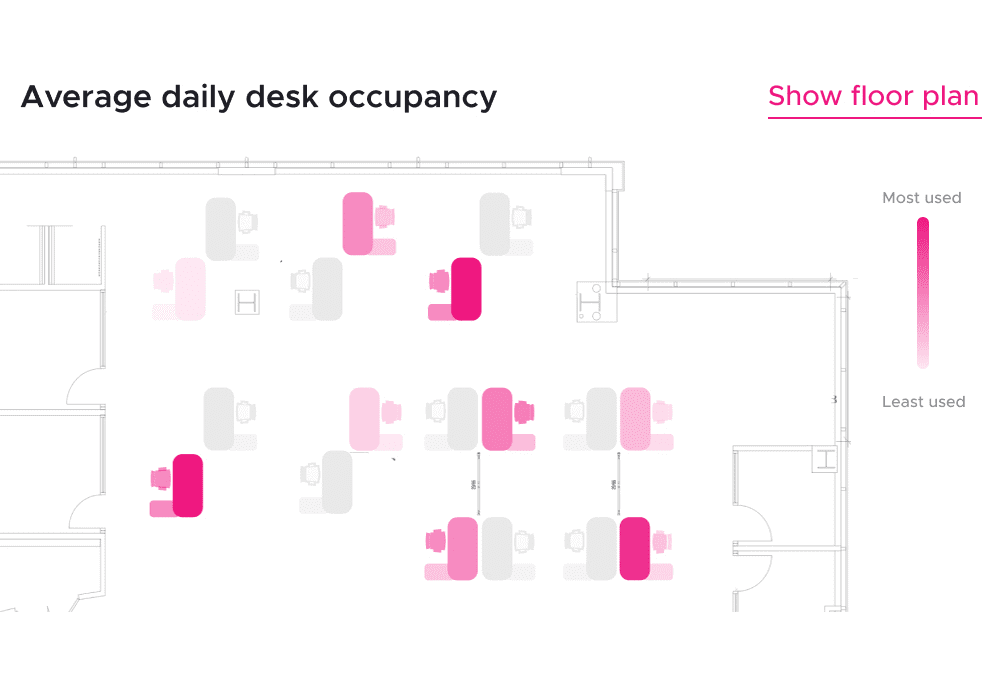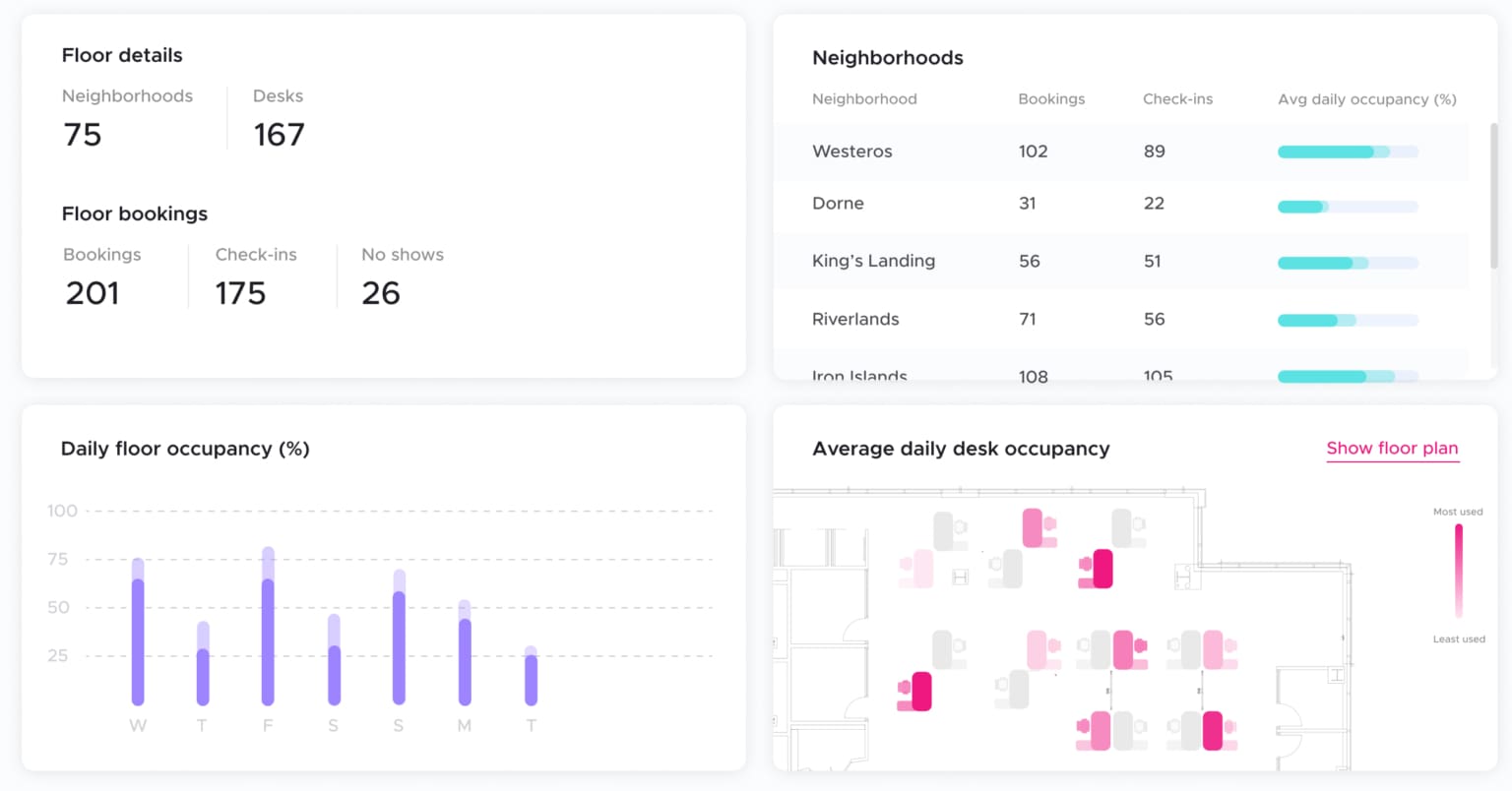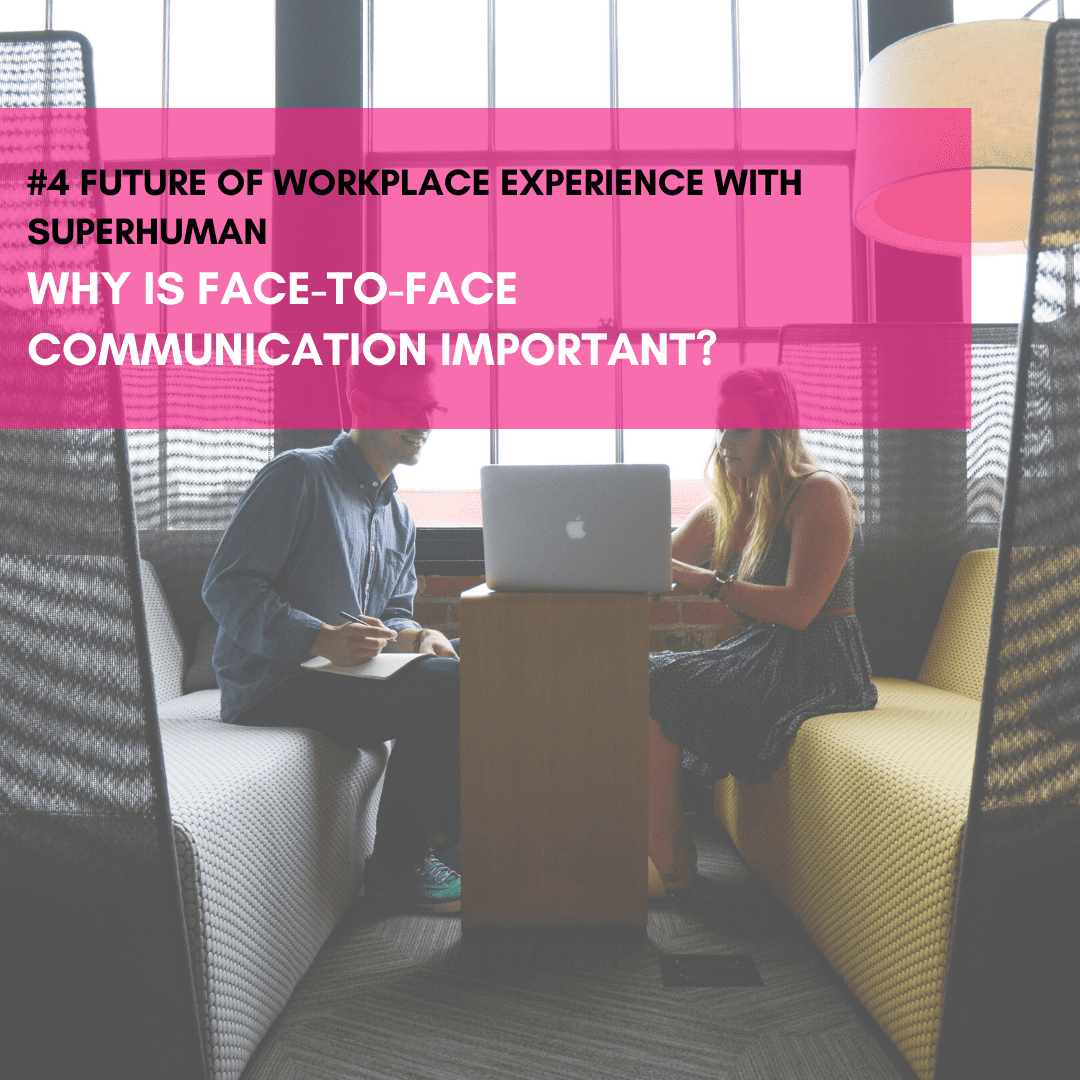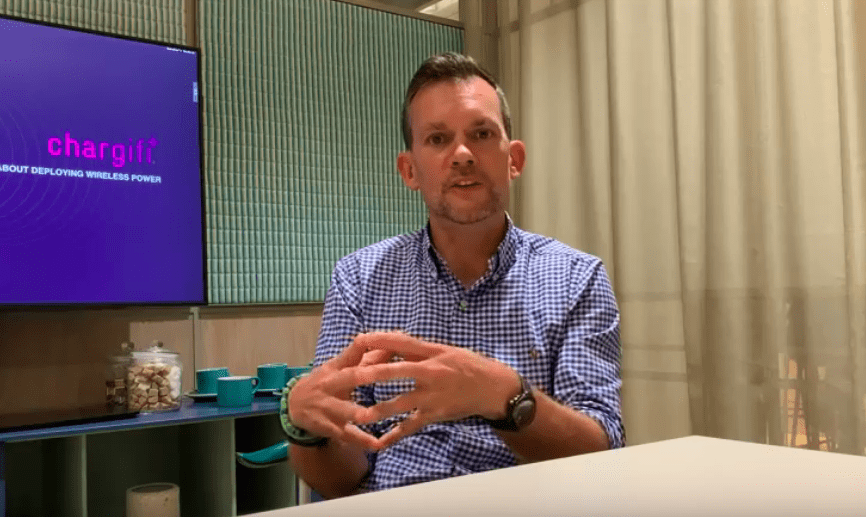This week on our ‘Future of Workplace Experience’ series, we discussed with Justin Bullock, Head of Sales at Envoy on their phased return to the office and how Envoy Protect can help enable a safe work environment to bring employees back to the office with confidence. Check out our interview and key takeaways below.
Planning for a phased return with capacity limits
(Start from 02:54 to 05:05)
- Companies are planning shifts or phases of return: Currently Envoy is deployed in about 14,000 offices and 84 countries, so we’re getting a lot of feedback from our customers that helps guide us to create the solution that can ensure a safe return to the workplace.
- Capacity limits vs office layouts: Companies need to think about what capacity limits for each phase, based on social distancing guidelines and the amount of spaces they have, and how will the office layouts change.
Ensure a safe return with Envoy Protect
(Start from 05:05 to 09:09)
- Return to work requires a seamless connection of the physical and virtual workplaces: For a long time Envoy has been an expert in how humans enter and interact with your physical workplace, with Envoy Protect it is a slight shift to focus on how do we bring our employees back to work safely and how do we manage that process?
- Designed to bring employees back to the office with confidence: The solution focuses on some key areas such as employee screening, touchless workflow, capacity management functionality.
Meetings in the new normal
(Start from 09:10 to 15:27)
- Capacity management with meeting rooms: Smaller spaces like 1 or 2-person pods will be off limits in the first phase for hygiene purposes. Capacity management is not just for your building, it can be for the rooms as well by limiting the availability of meeting rooms to minimize physical interactions between employees.
- Eliminate zombie meetings with data insights: After a few months of usage at Envoy HQ, we discovered 25% of our scheduled meetings didn’t actually happen and realized we can save a good amount of money not having to build more meeting spaces.
Enabling a touchless environment with smart integrations
- Envoy integrates with a keyless entry solution: I can open my front door of the office building, the door to my office, as well as the elevator all with a mobile app.
- A slick visitor check-in experience with Aruba ClearPass: As soon as I sign in and sign the NDA within seconds on my mobile device, I would receive a unique Wi-Fi code to get on to the Internet. instead of just sitting there and waiting. It’s a super slick experience for me, but also a great layer of security for the company.
Accelerated workplace trends during Covid-19
(Start from 22:01 to 34:50)
- Mobile adoption in the workplace: We are seeing mobile app adoption skyrocket because of employee-driven use cases. For example, employees can see all of their deliveries that come to the office. More recently, employees can schedule and book rooms via the mobile app. For Envoy, we always had a long term vision of creating more value for employees within your workplace.
- Hot desking and desk hoteling: The concept of hot desk and desk hoteling is not new, but the popularity and need for it has accelerated dramatically during this period. Companies have to find new ways to use their spaces with social distancing in mind, so that is just naturally driving the need to have solutions that can help you.

